In Hollywood, he found work as an extra in Why Change Your Wife? and other films. During World War I, he enlisted in the army but was exempt from military service because of a "weak heart".
More prominent film roles followed, including his breakout role as Jack Moreland in Cecil B. DeMille's The Road to Yesterday (1925) which starred also Joseph Schildkraut, Jetta Goudal, and Vera Reynolds.
Boyd's performance in the film was praised by critics, while movie-goers were equally impressed by his easy charm, charisma, and intense good-looks. Due to Boyd's growing popularity, DeMille soon cast him as the leading man in the highly acclaimed silent drama film, The Volga Boatman. Boyd's role as Feodor impressed critics, and with Boyd now firmly established as a matinee idol and romantic leading man, he began earning an annual salary of $100,000.
He acted in DeMille's extravaganza The King of Kings (in which he played Simon of Cyrene, helping Jesus carry the cross) and DeMille's Skyscraper (1928). He then appeared in D.W. Griffith's Lady of the Pavements (1929).
Radio Pictures ended Boyd's contract in 1931 when his picture was mistakenly run in a newspaper story about the arrest of another actor, William "Stage" Boyd, on gambling and liquor charges. Although the newspaper apologized, explaining the mistake in the following day's newspaper, Boyd said, "The damage was already done." William "Stage" Boyd died in 1935, the same year William L. Boyd became Hopalong Cassidy, the role that led to his enduring fame. But at the time in 1931, Boyd was virtually broke and without a job, and for a few years he was credited in films as "Bill Boyd" to prevent being mistaken for the other William Boyd.
Hopalong Cassidy
In 1935, Boyd was offered the supporting role of Red Connors in the movie Hop-Along Cassidy, but he asked to be considered for the title role and won it. The original character of Hopalong Cassidy, written by Clarence E. Mulford for pulp magazines, was changed from a hard-drinking, rough-living red-headed wrangler to a cowboy hero who did not smoke, swear, or drink alcohol (his drink of choice being sarsaparilla) and who always let the bad guy start the fight. Although Boyd "never branded a cow or mended a fence, cannot bulldog a steer" and disliked Western music, he became indelibly associated with the Hopalong character and, like the cowboy stars Roy Rogers and Gene Autry, gained lasting fame in the Western film genre.
Boyd estimated in 1940 that he had starred in 28 outdoor films in which he fired 30,000 shots and killed at least 100 "varmints". He wore out 12 costumes and 60 ten-gallon hats, rode his horse Topper more than 2000 miles and rode herd on 5000 head of cattle. A score or more of heroines had been saved, but were never kissed.
The films were more polished and impressive than the usual low-budget "program westerns". The Hopalong Cassidy adventures usually boasted superior outdoor photography of scenic locations and name supporting players familiar from major Hollywood films. Big-city theaters, which usually wouldn't play Westerns, noticed the high quality of the productions and gave the series more exposure than other cowboy films could hope for. Paramount Pictures released the films through 1941. United Artists produced them from 1943.
The producer Harry "Pop" Sherman wanted to make more ambitious epics and abandoned the Hopalong Cassidy franchise. Boyd, determined to keep it alive, produced the last 12 Cassidy features himself on noticeably lower budgets. By this time, interest in the character had waned, and with far fewer theaters still showing the films, the series ended in 1948.
Boyd insisted on buying the rights to all of the Hopalong Cassidy films. Harry Sherman no longer cared about the property—he thought both the films and the star were played out—and regarded Boyd's all-consuming interest with skepticism.
Boyd was so single-minded about his mission that he sold or mortgaged almost everything he owned to meet Sherman's price of $350,000 for the rights and the film backlog.
Hoppy rides again
Boyd in Chicago with kids, promoting a TV show. (1950)
In 1948 Boyd, now regarded as a washed-up cowboy star and with his fortunes at their lowest ebb, brought a print of one of his older pictures to the local NBC television station and offered it at a nominal rental, hoping for new exposure.
The film was received so well that NBC asked for more, and within months Boyd released the entire library to the national network. They became extremely popular and began the long-running genre of Westerns on television. Boyd's desperate gamble paid off, making him the first national TV star and restoring his personal fortune. Like Rogers and Autry, Boyd licensed much merchandise, including such products as Hopalong Cassidy watches, trash cans, cups, dishes, Topps trading cards, a comic strip, comic books, cowboy outfits, home-movie digests of his Paramount releases via Castle Films, and a new Hopalong Cassidy radio show, which ran from 1948 to 1952.
The actor identified with his character, often dressing as a cowboy in public. Although Boyd's portrayal of Hopalong made him very wealthy, he believed that it was his duty to help strengthen his "friends"—America's youth. The actor refused to license his name for products he viewed as unsuitable or dangerous and turned down personal appearances at which his "friends" would be charged admission. Boyd also lent his likeness to "diplomas" issued by a children's horse-riding 'academy' at the Camelback Inn in Scottsdale, AZ. He made at least one personal appearance at the dude ranch dressed as Hopalong, in December 1959.
Boyd appeared as Hopalong Cassidy on the cover of numerous national magazines, including Look (August 29, 1950) and Time (November 27, 1950). For Thanksgiving in 1950, he led the Carolinas' Carrousel Parade in Charlotte, North Carolina, and drew an estimated crowd of 500,000 persons, the largest in the parade's history.
Boyd eventually started U.S. Television Office to handle the legacy of Hopalong Cassidy. This company continues to hold full rights to the Cassidy name, trademark, films, and television material.
Boyd had a cameo role as himself in Cecil B. DeMille's 1952 circus epic, The Greatest Show on Earth. DeMille reportedly asked Boyd to take the role of Moses in his remake of The Ten Commandments, but Boyd felt his identification with the Cassidy character would make it impossible for audiences to accept him as Moses.
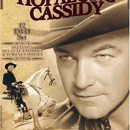
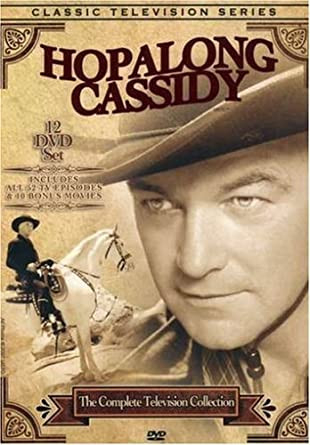
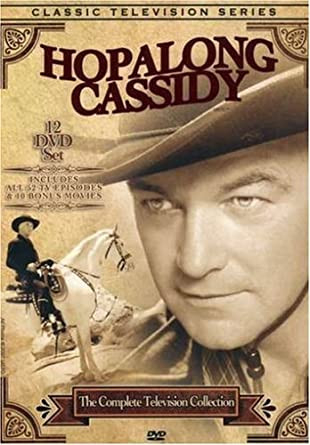
 Amanda S. Stevenson
Amanda S. Stevenson  Daniel Pinna
Daniel Pinna 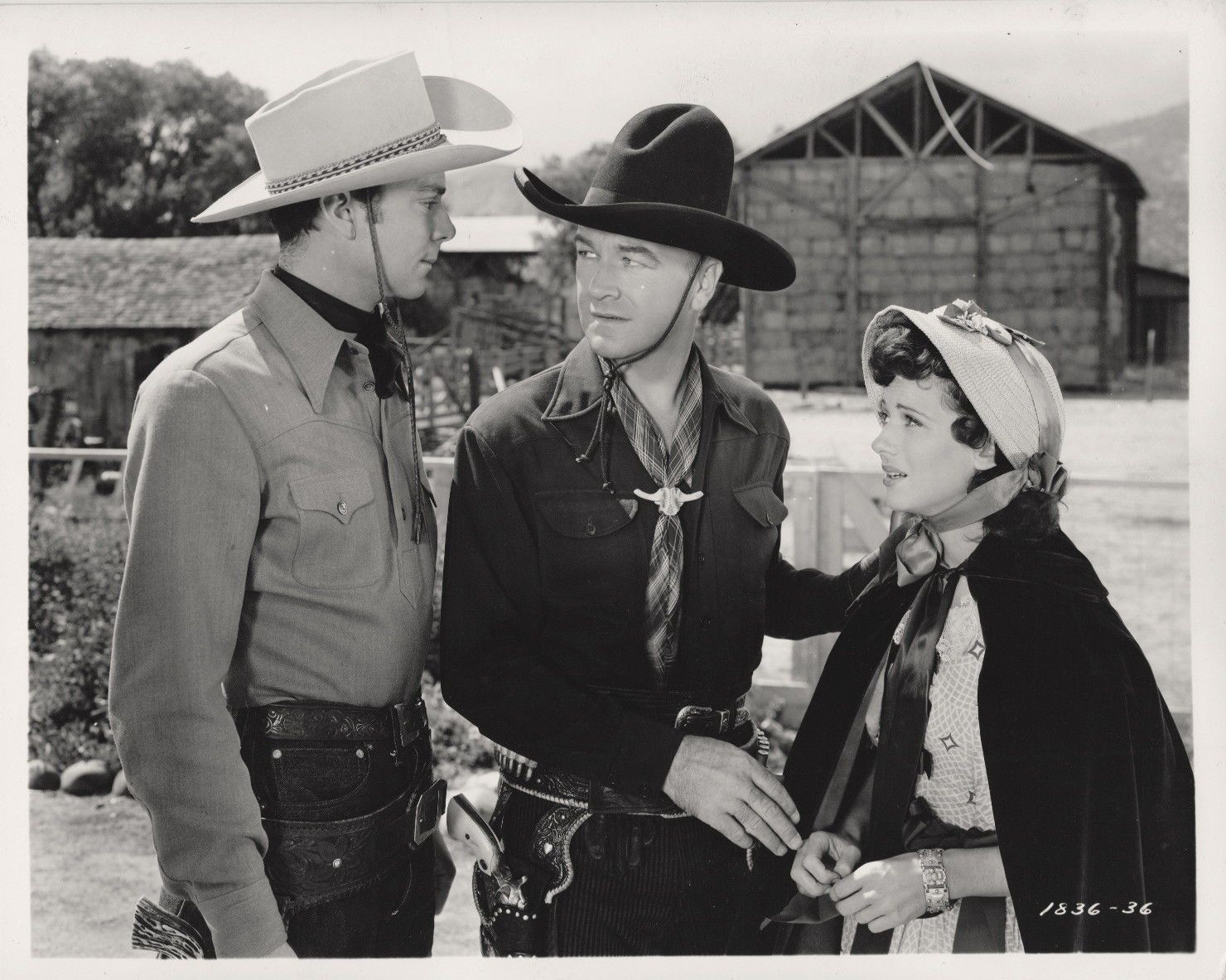
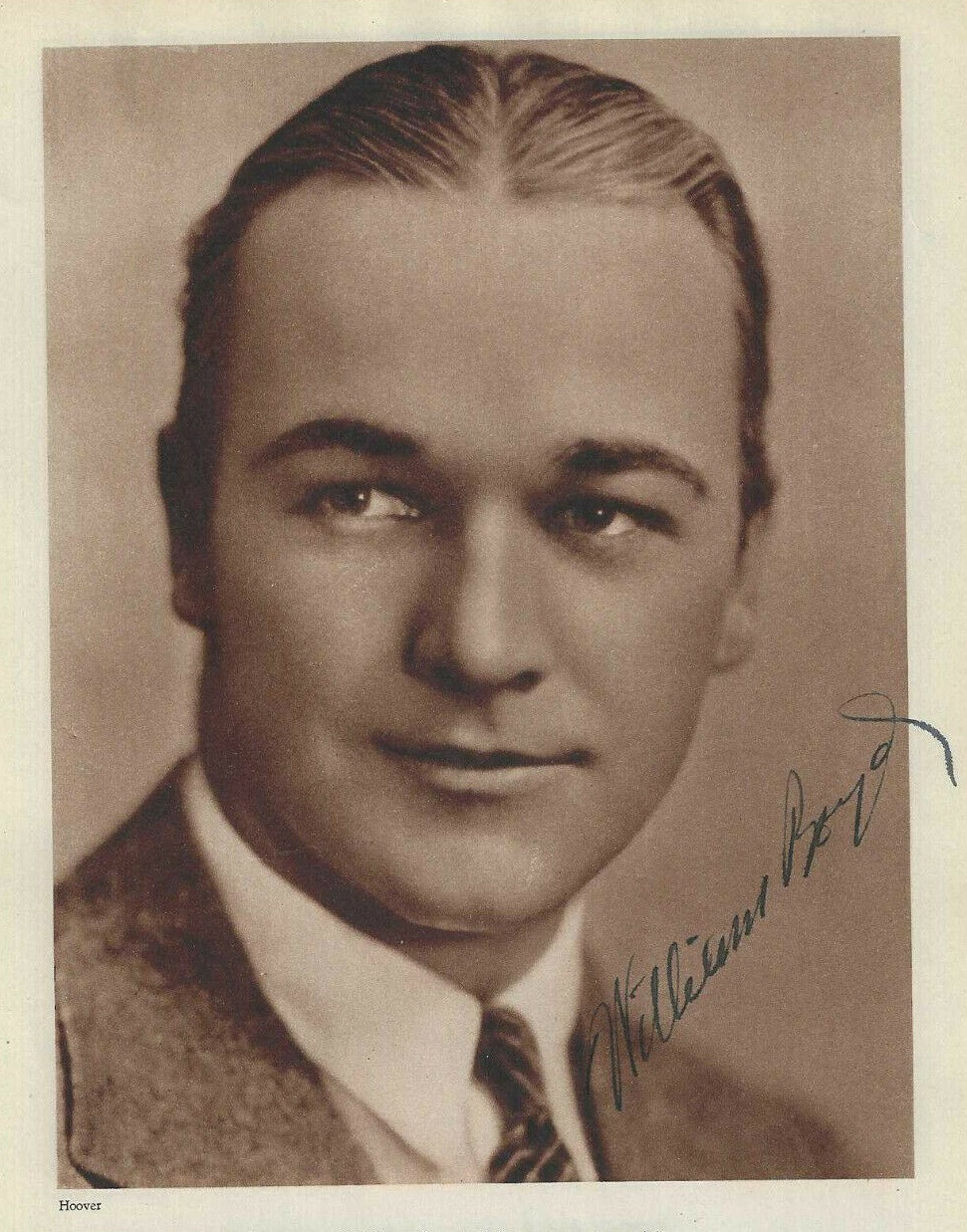
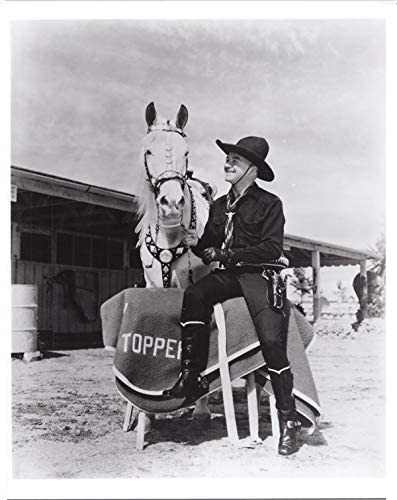
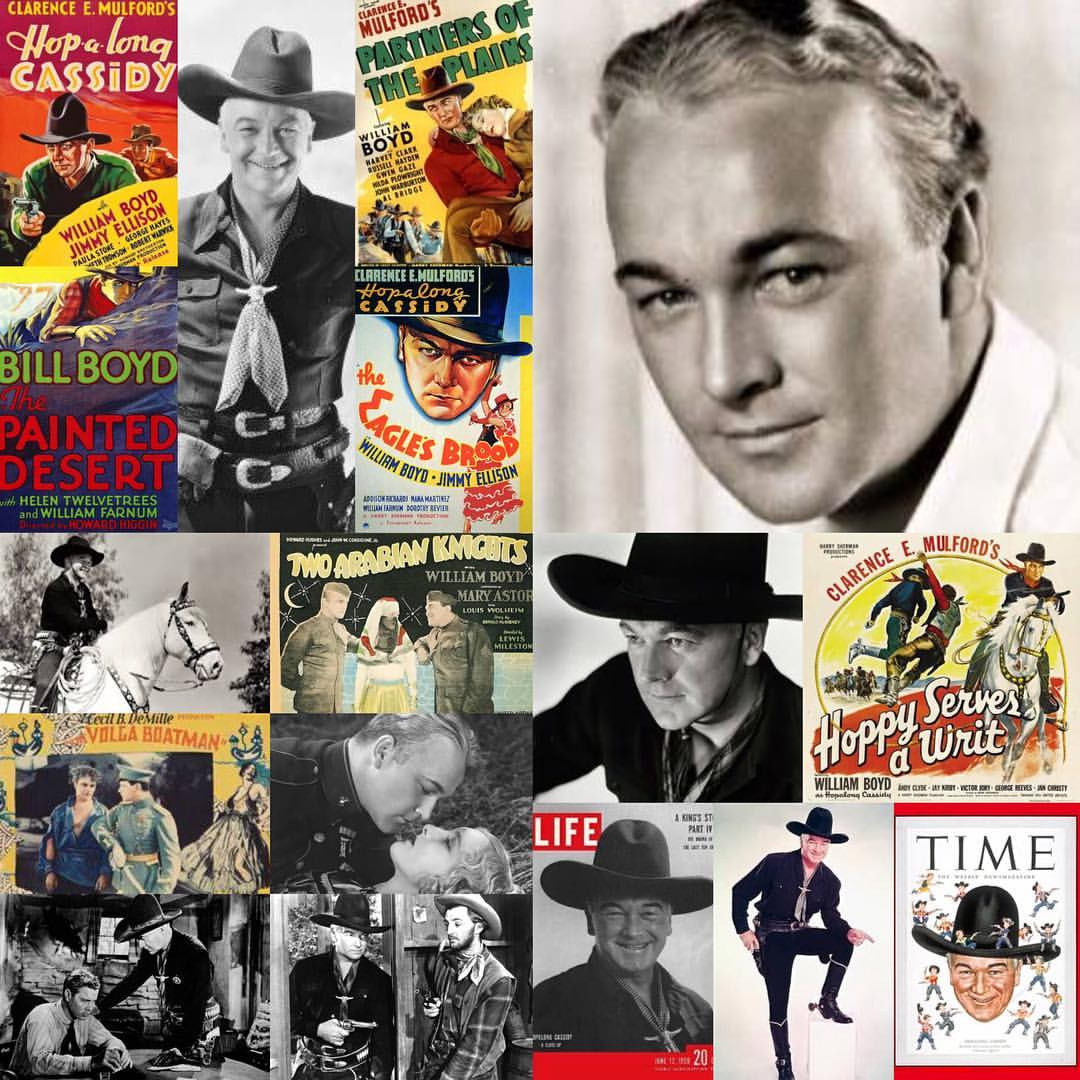
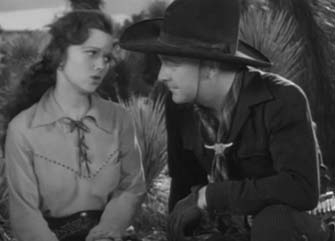
 AncientFaces
AncientFaces 
